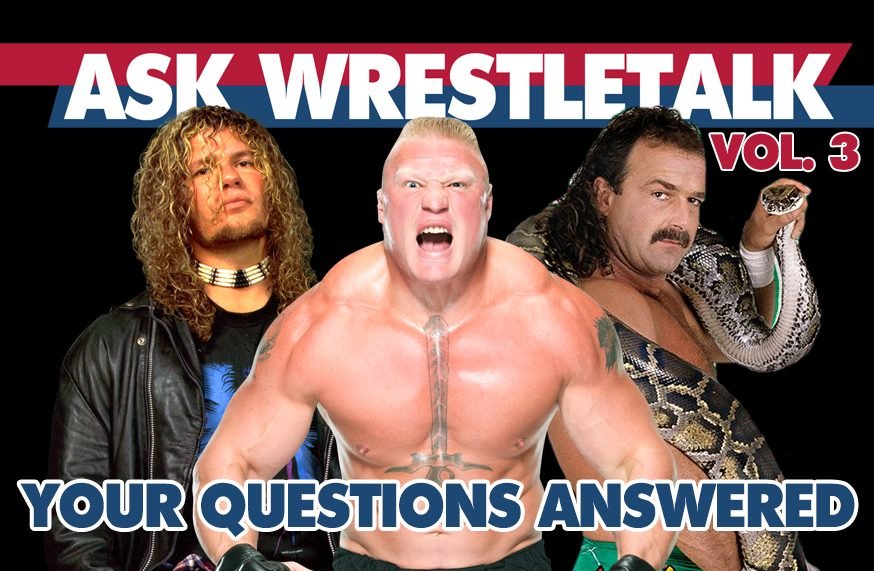
The following is reprinted from Issue 3 of WrestleTalk Magazine.
The latest issue of WrestleTalk Magazine (Issue 6) and all back issues and subscriptions are available now at WrestleTalk.BigCartel.com
#KeepWrestlingPrintMediaAlive
Did WWE’s 90 day no-compete clause stem from Raven being released by WWE on January 20, 2003 and showing up in TNA two days later?
– Shane Mullaney
No, the clauses existed way before that.
When Ric Flair asked for and was granted his WWF release a decade earlier in February 1993, he was unable to wrestle on WCW programming for several months after returning to the group because of a no-compete. Conversely, others after Flair, including Madusa, Rick Rude, Kevin Nash, Scott Hall and Lex Luger, were all able to switch sides without restriction.
After Raven made the move to TNA in 2003, there were others (such as Kurt Angle) who jumped ship without enduring the obligatory cooling off period. It all depends on the nature of the release. A contract expiring allows a performer to work wherever they want immediately, whereas receiving an early termination (the infamous “future endeavours”) usually contains within it the 90-day no-compete.
There are still exceptions to that rule as well. A released bone-bender can forgo the three months paid holiday and return to the ring right away if they so choose, though most, for obvious reasons, opt to take the money and a much-needed break instead. When Alberto Del Rio was fired in 2014, his lawyers contested the no-compete and won, which allowed him to work for AAA the following month.
Trending
- Vince McMahon Starting New Wrestling Company After WWE Update
- WWE Star’s Name Banned From Being Said On TV
- Report: Two WWE Stars Vince McMahon Has Contacted Since His Departure Revealed
- WWE Star Potentially Being Pulled From Upcoming Shows
- Real Reason For WWE Star’s New Ring Gear Revealed?
- WWE Alpha Academy Member Reacts To Chad Gable Heel Turn
- WWE Star Urges More Talent To Represent The Company With Pride
- Roman Reigns Working On New Project Amid WWE Hiatus
- New WWE Signing Officially Confirmed
- Former WWE Name Signs With AEW



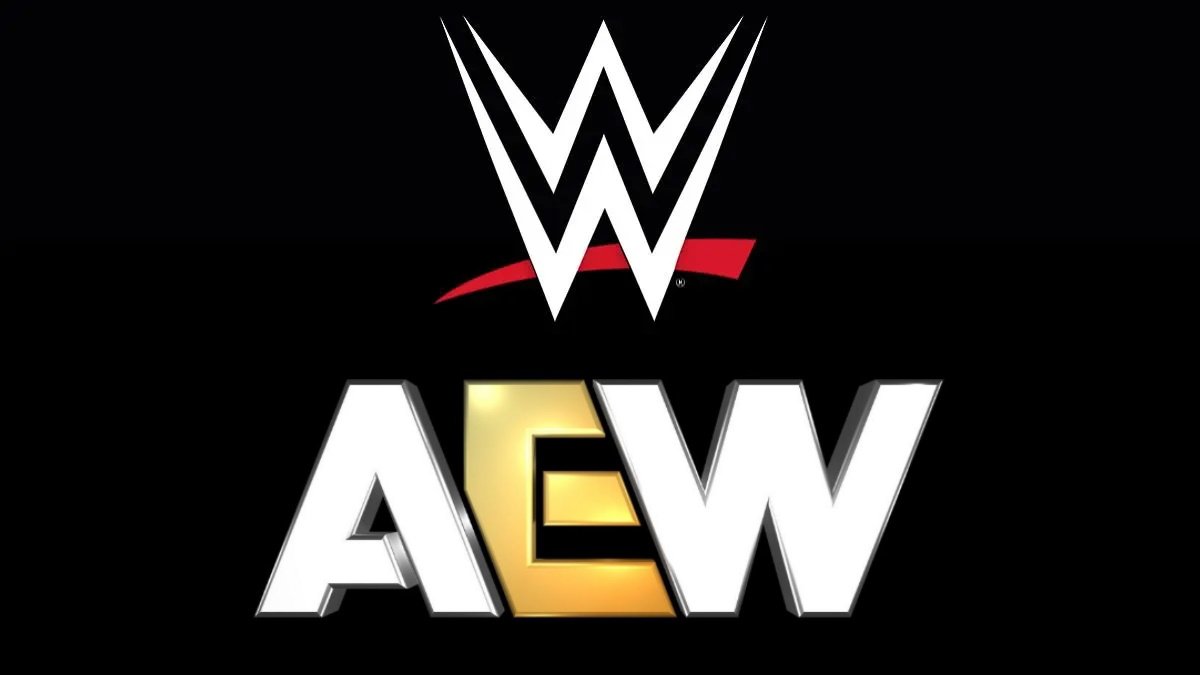
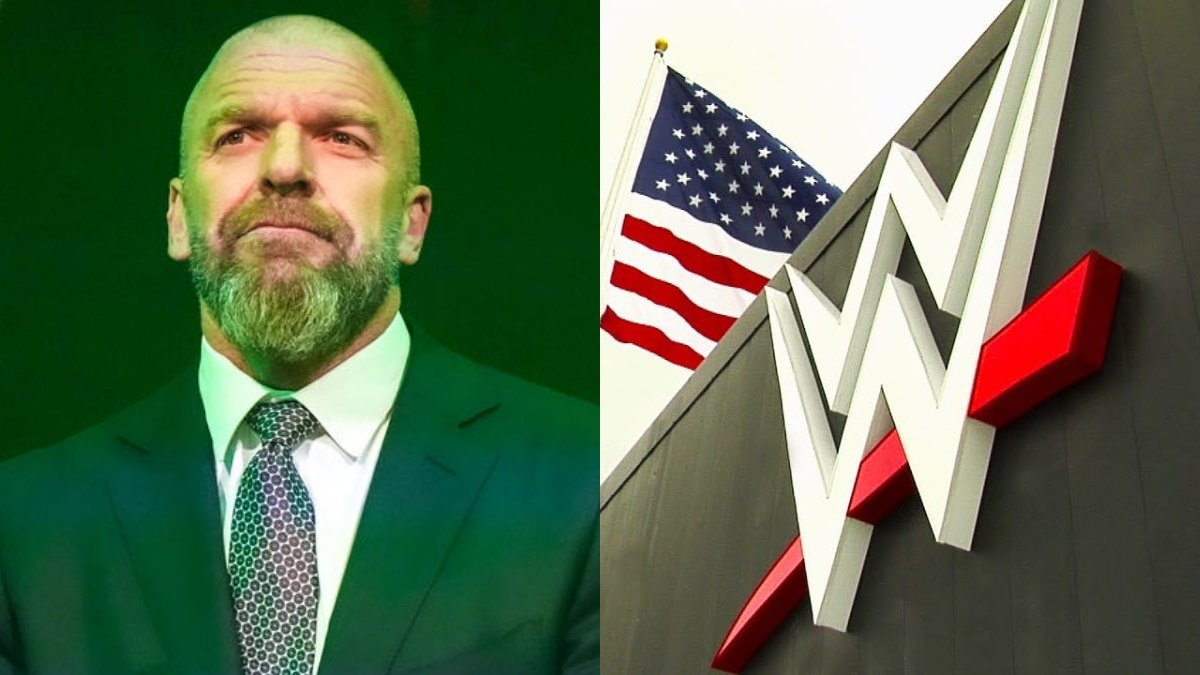



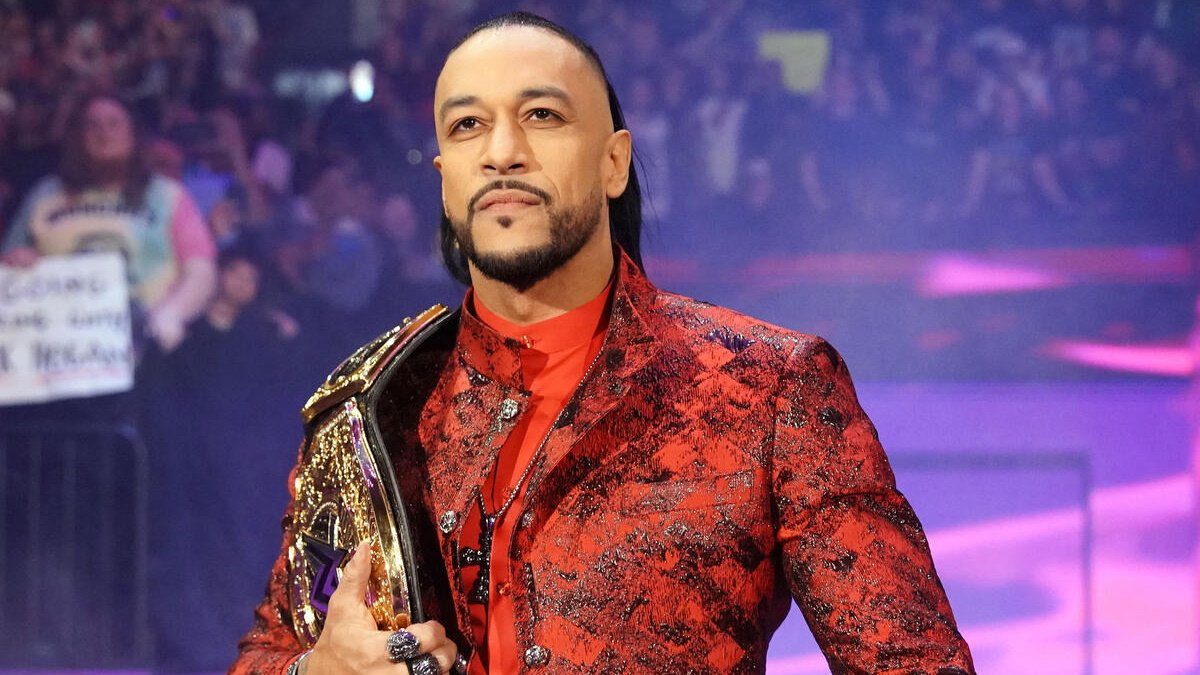

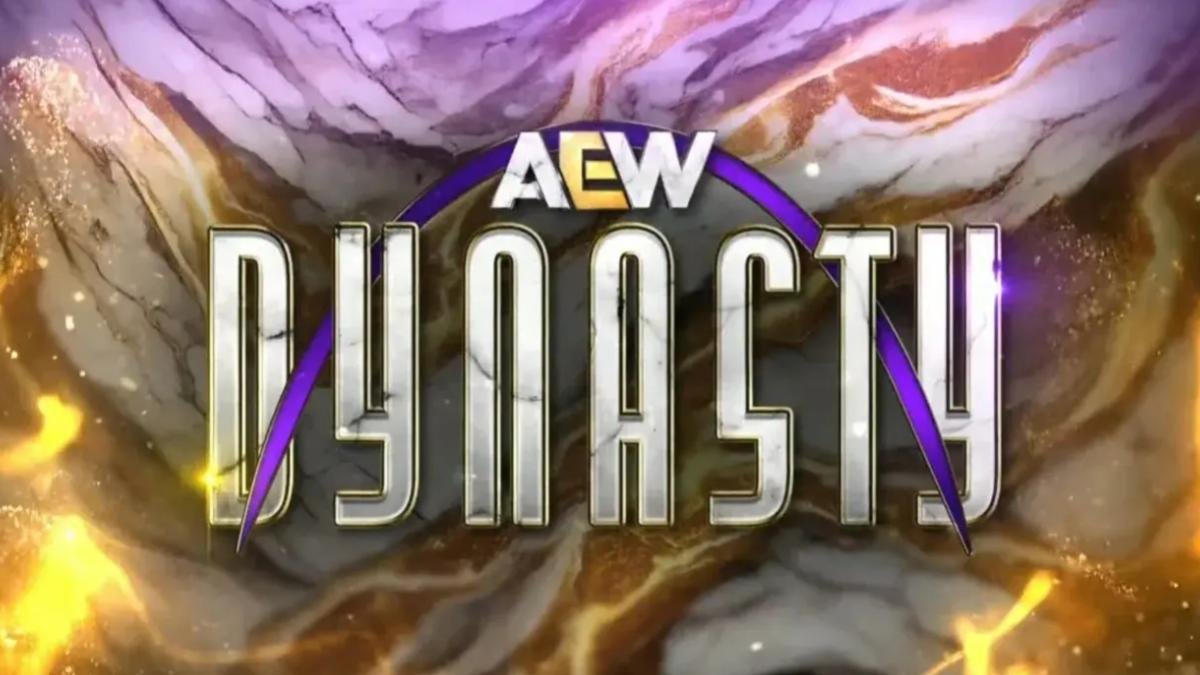

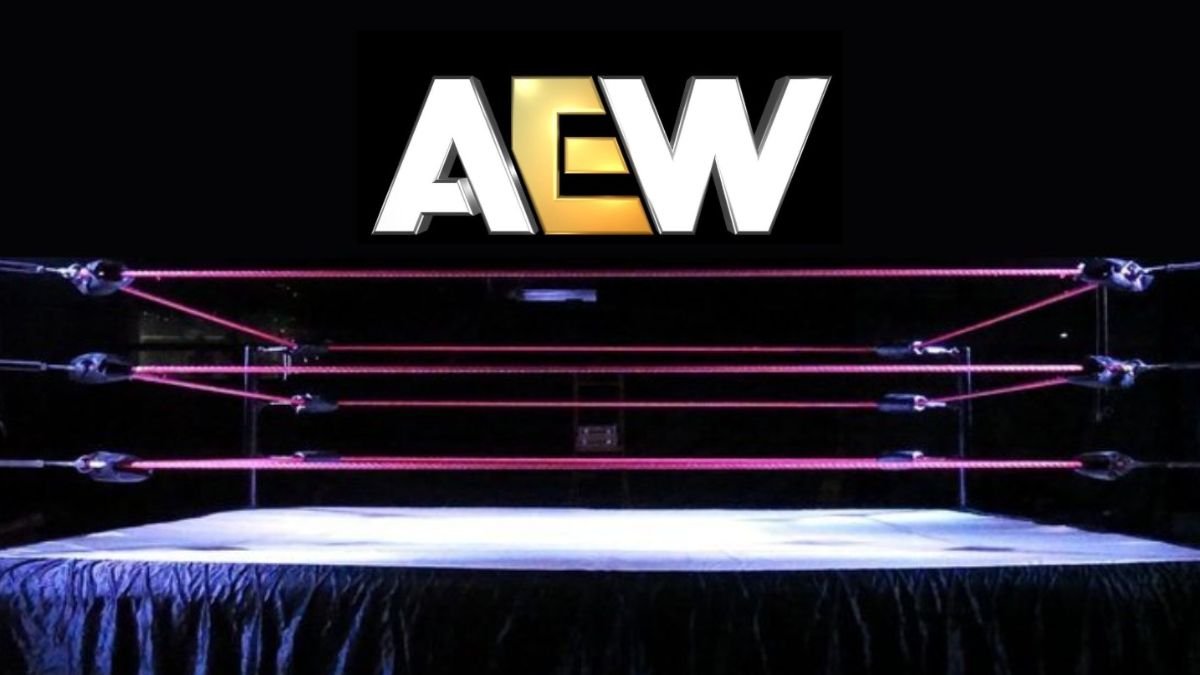
 mailing list
mailing list